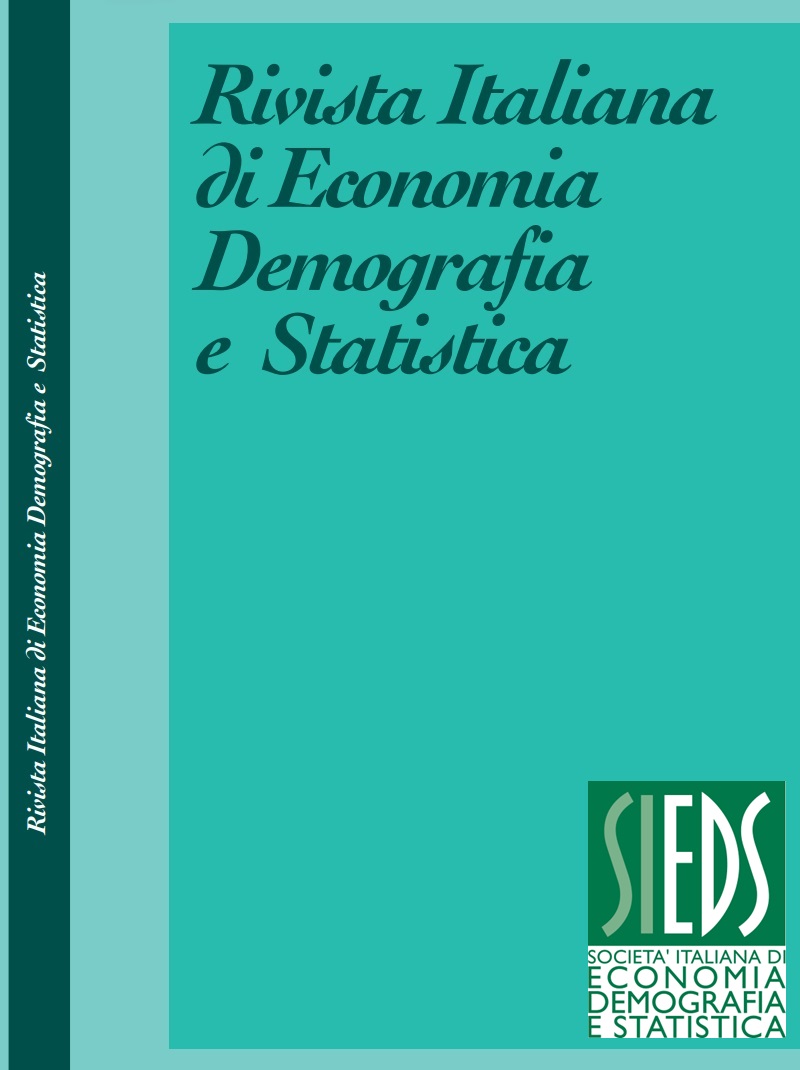Mobility and mortality in Covid-19 epidemic: A spatial analysis
Abstract
The COVID-19 epidemic forced authorities to implement lockdown policies to reduce the spread of the disease and, as a consequence, the excess mortality. These policies encouraged homeworking, hence reducing the number of commuters with the implicit assumption that restricting human mobility reduces the risk of infection in areas of residence, work, and other activities. Yet, the spatial relationship among different areas has been rarely addressed both in the public discourse and in early accounts of the consequences of mortality in COVID-19 time period. As shown in literature, the spatial regression models are useful to analyse phenomena with non-stationarity variability in contrast to standard regression models. By employing spatial regression models, the findings suggest that the higher the mobility to places of residence, the higher the excess mortality. This increasing in mortality is not homogeneous throughout the Italian provinces. Specifically, the variability in the mortality on August 2020 compared to the average value on 2015-2019 period (baseline) is greater in the Central-Southern provinces, due to the movements to the residence places in July 2020. In conclusion, the spatial interactions between mobility and COVID-19 spread could support the analysis about the relationship between excess mortality and socio-economic settings, highlighting the importance of modelling spatial variability.
Downloads
Published
Issue
Section
License
Copyright (c) 2021 Venera Tomaselli, Massimo Mucciardi

This work is licensed under a Creative Commons Attribution 4.0 International License.



